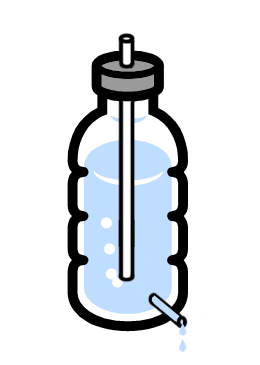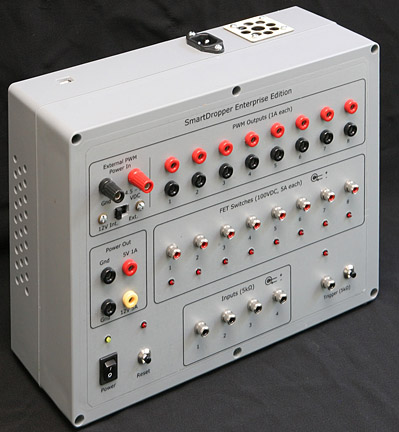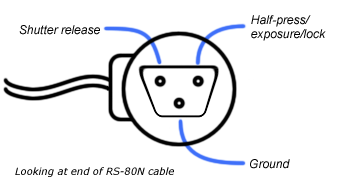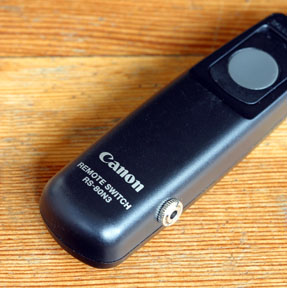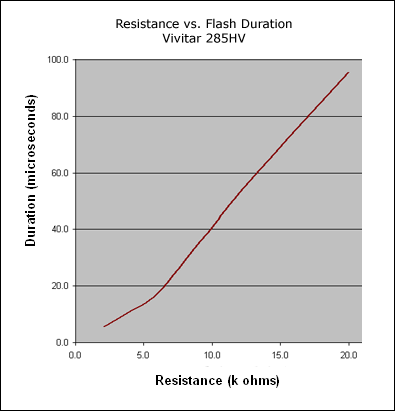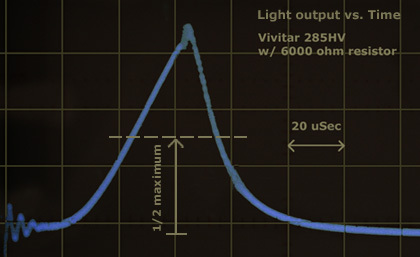Note to car manufacturers: I never want a dead car battery. Never. Ever.
Call me contrary, but I don’t want my wife and kids to walk out to the rainy parking lot after a movie and find that they need to jump-start the car.
We have two cars made in the past five years. They both sport a Dead-Battery feature.
One of our cars leaves the headlights on. Really. After over 100 years of designing cars, we can still kill a battery by leaving the headlights on. Now, I know that a car can be designed to turn the headlights off when the car is turned off, even delaying for a minute so I can find my way to the front door. I know this is possible because our other car, built by the same manufacturer (and a couple of years older) does this. But someone decided that on this car, the owner wants the option of killing the battery.
Our minivan has a reading lamp for almost every seat in the car. It’s great – almost like flying on a airplane. Even my kids can turn on their own reading lights. And, they can leave them on. Once the car is shut off, the lights stay on, until the battery goes dead.
The truly diabolical part of the design is this: the van has the courtesy of turning the interior lights on when a door is opened, and leaving those lights on for a while after you exit the car. So, you can’t tell if any of the reading lights have been left on unless you stand there and wait for all the other lights to turn off.
Why do I want this feature? I can’t ever remember thinking, “Gee, if only I could only remove my keys from the car, lock it, and walk away from an empty car to have the interior lights drain the battery.”
If I don’t want my car to start, I can open the hood and remove a battery cable. Of course, that isn’t very convenient. Perhaps the manufacturer could provide a switch that will keep me from starting my car without me having to pop the hood?

